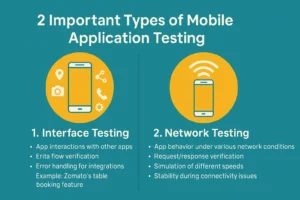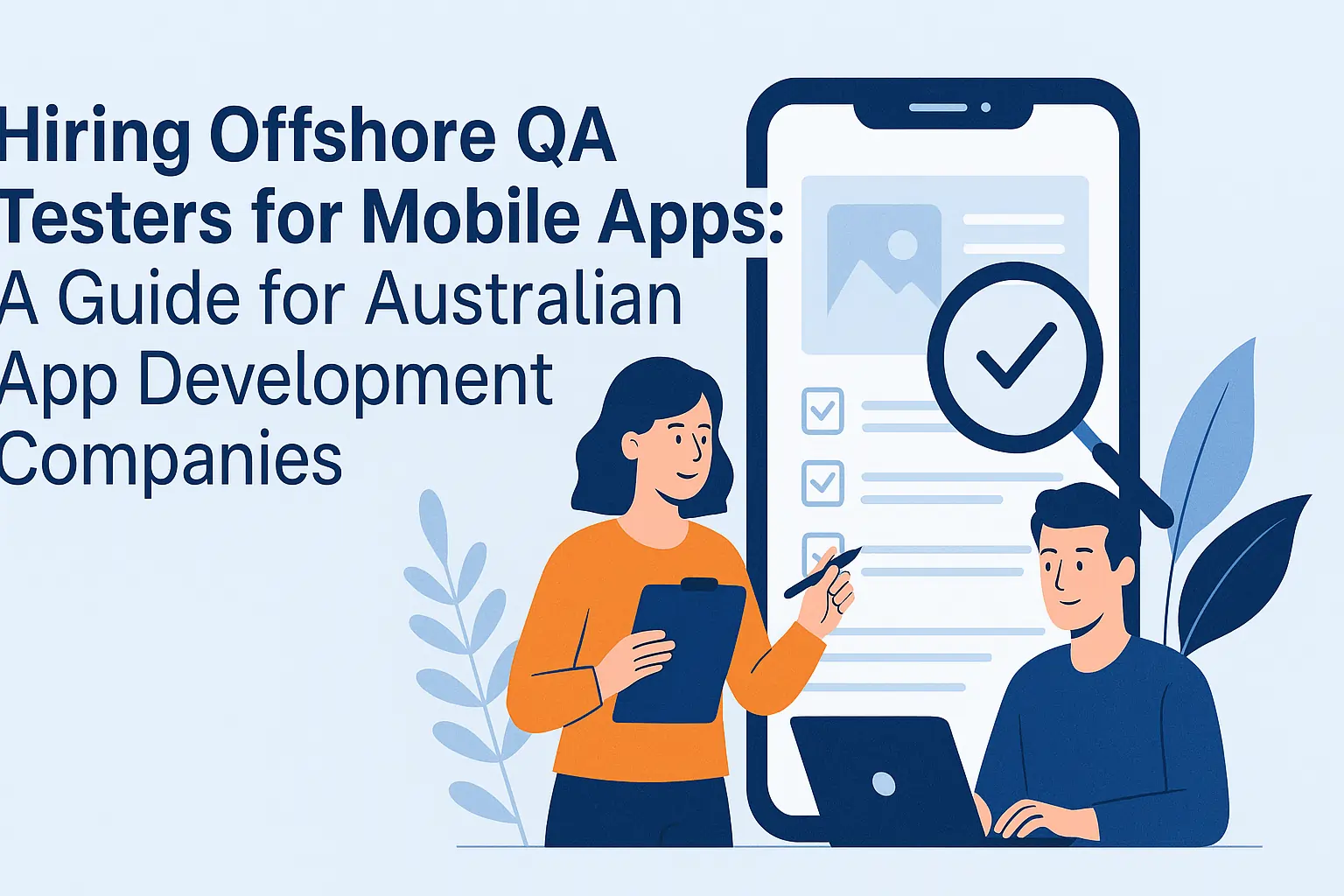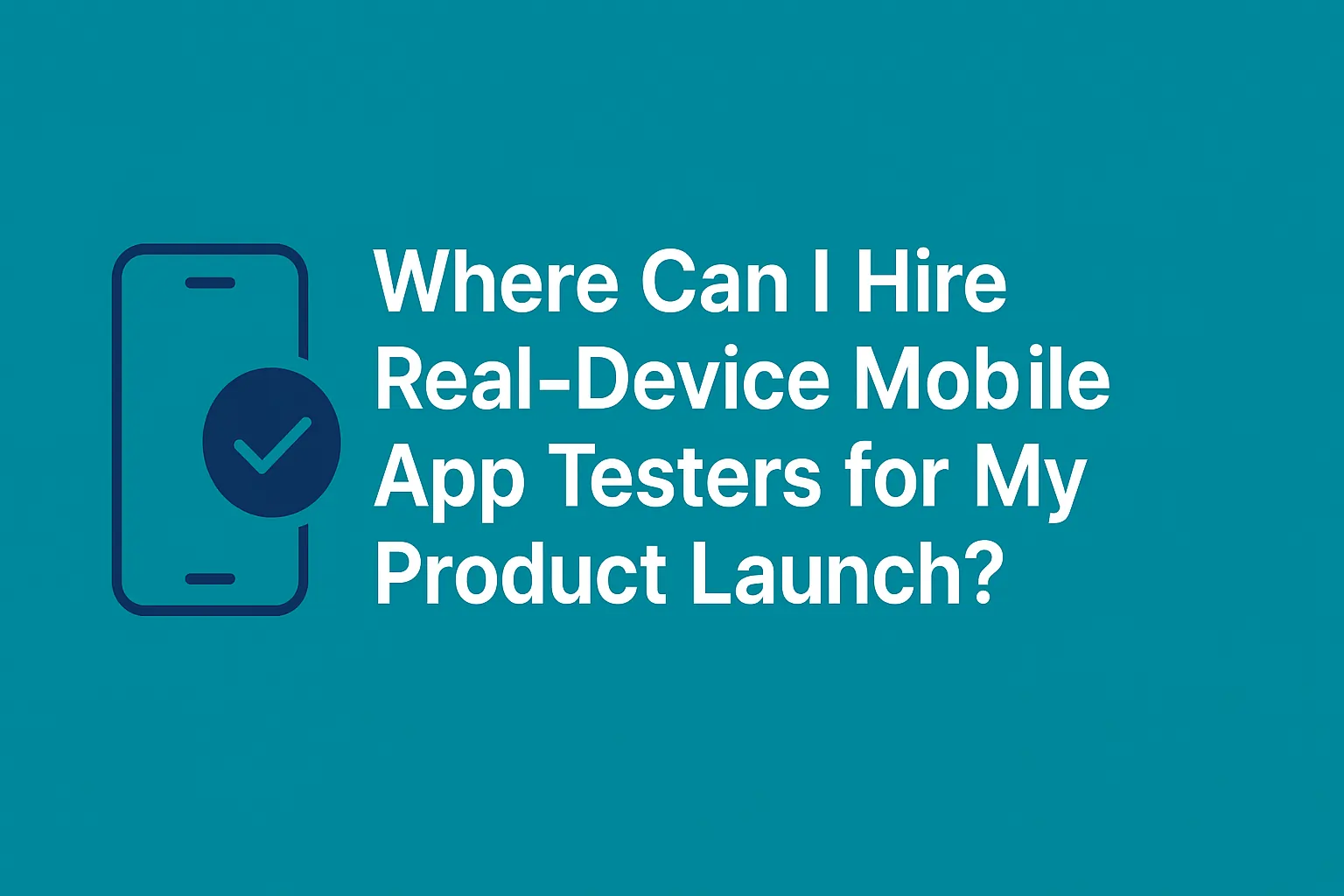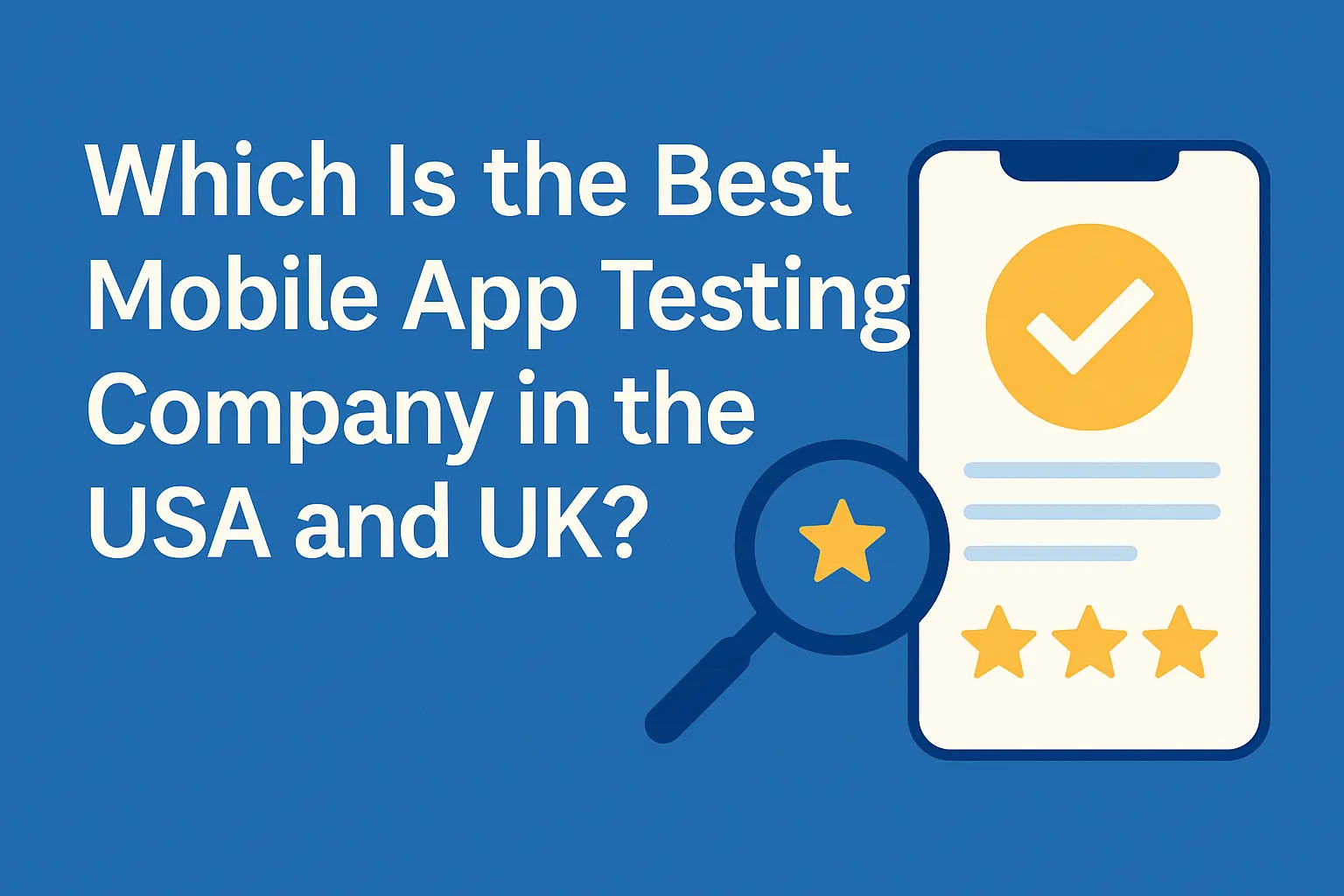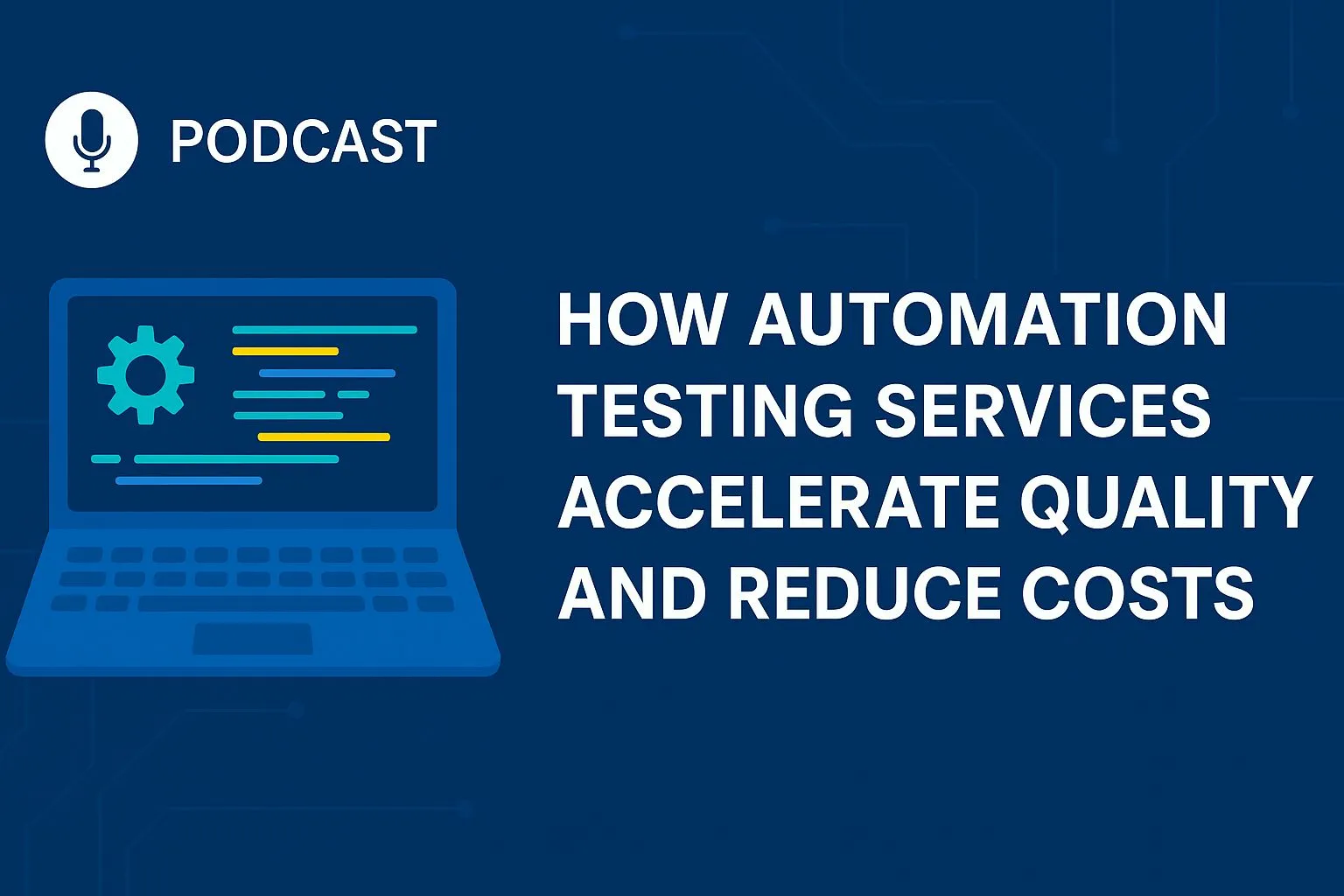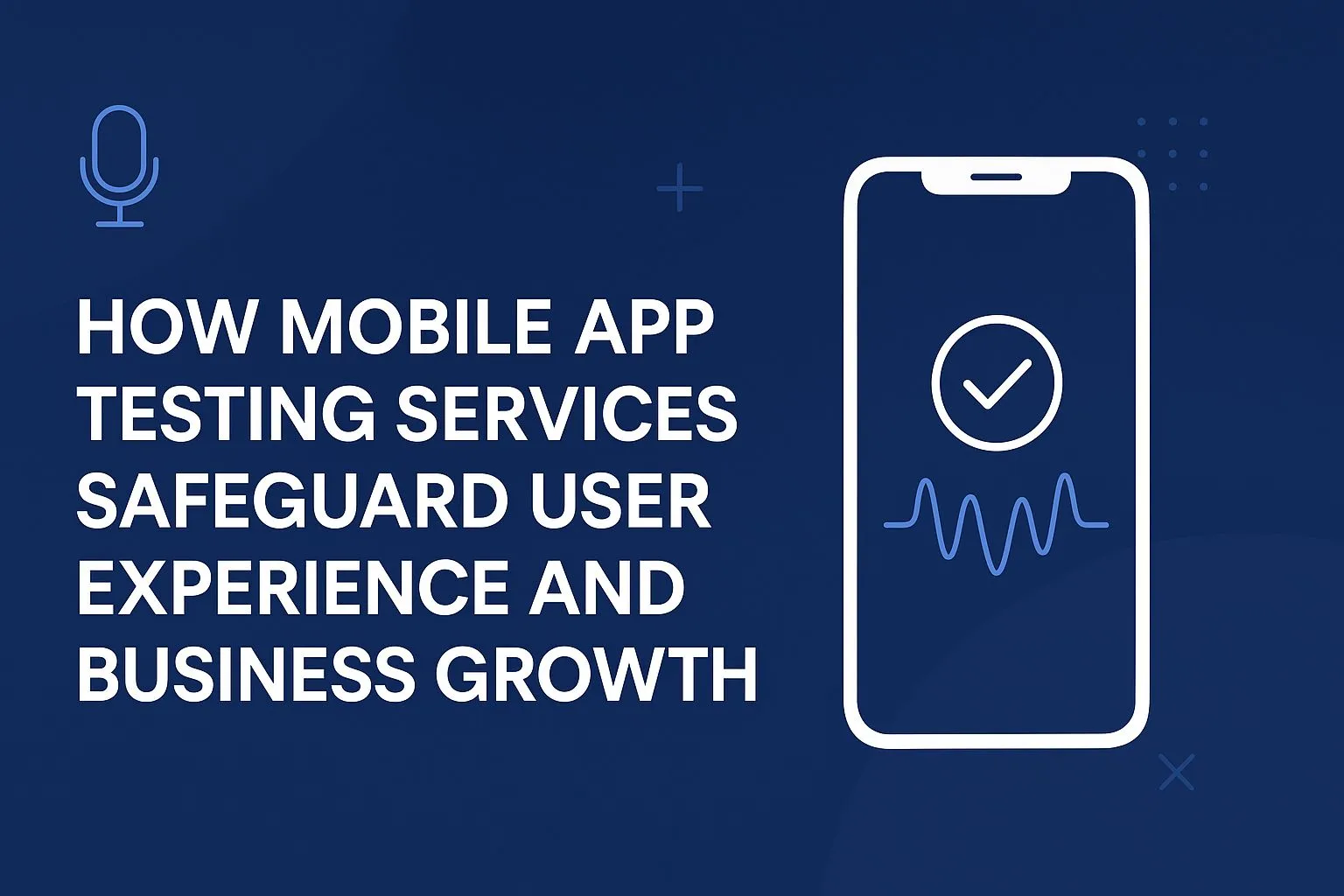2 Important Types of Mobile Application Testing
Mobile applications must perform consistently in different environments and across multiple interactions. Beyond core functionality, two areas often determine whether an app delivers a seamless user experience: Interface Testing and Network Testing. Both are critical for ensuring that apps integrate well with other services and remain stable across varied network conditions.
1. Interface Testing
Interface testing validates how the application interacts with other apps, services, and device features. In today’s ecosystem, very few apps function in isolation—food delivery apps connect to maps, social platforms, payment gateways, and phone dialers. If these connections fail, the overall user experience collapses.
Key objectives of interface testing:
- Ensure data flows correctly between the app and external services.
- Validate error handling when third-party APIs or services fail.
- Confirm UI consistency when external modules are triggered.
Example – Zomato App:
- Verify that users can successfully book a table through the app.
- Check if the menu and food items display correctly.
- Confirm that discount coupons apply accurately during checkout.
- Validate the location fetched from map services is correct.
- Ensure the in-app phone dialer connects directly to the restaurant.
By conducting interface testing, QA teams can guarantee smooth end-to-end user journeys without interruptions caused by integration issues.
2. Network Testing
Network testing evaluates how the app behaves under different network conditions. Since mobile apps rely heavily on server communication, poor handling of requests and responses can frustrate users and increase abandonment rates.
Key objectives of network testing:
- Validate how the app manages unstable or slow connections (3G, 4G, 5G, Wi-Fi).
- Confirm request/response cycles are completed correctly without data loss.
- Test recovery mechanisms when network drops occur midway.
- Ensure the app optimizes performance under both high and low bandwidth scenarios.
Network testing is often performed in-house using both real devices and simulators to replicate different conditions. Done correctly, it ensures that apps remain responsive and user data is not compromised—even in challenging environments.
Why These Tests Matter
While functional and usability testing cover core app flows, interface and network testing provide the glue that holds the app together in the real world. Without these, even the most feature-rich applications can fail:
- A food delivery app unable to fetch restaurant locations frustrates users.
- A payment app that times out during poor network conditions erodes trust.
That’s why professional QA teams prioritize these types of testing alongside functional and regression cycles.
Conclusion
Interface testing ensures apps interact seamlessly with external systems, while network testing guarantees stability under varying connectivity. Together, they form a vital part of mobile application QA.
At Testers HUB, we specialize in end-to-end mobile app testing services, covering functionality, usability, performance, interface, and network testing. With real-device labs and global expertise, we help businesses deliver apps that work reliably across all conditions.
👉 Want to make sure your app never fails in the real world?
Frequently Asked Questions (FAQ)
Q1. What is the main goal of interface testing?
It ensures the app communicates correctly with external services, APIs, and device features.
Q2. How is network testing different from performance testing?
Performance testing focuses on app speed and stability, while network testing validates how the app responds to varying connectivity conditions.
Q3. Can these tests be automated?
Some interface checks can be automated, but network testing often requires real-device simulations for accuracy.
Q4. Why are these tests critical for mobile apps?
Because mobile apps depend on integrations and network connectivity—if either fails, the user experience suffers.
Q5. Why choose Testers HUB for mobile testing?
We combine manual and automated QA, real-device coverage, and global experience to deliver comprehensive app testing solutions.


